Introduction
Polyurethane (PU) is a polymer material produced by the reaction of isocyanate and polyol. Due to its excellent mechanical properties, chemical resistance and processability, it is widely used in construction, automobile, furniture, coatings, etc. Multiple fields. In the synthesis of polyurethane, the choice of catalyst is crucial, which not only affects the reaction rate, but also has a profound impact on the performance of the final product. Therefore, it is of great theoretical and practical significance to study different types of polyurethane catalysts and their application characteristics.
In recent years, with the continuous growth of the market demand for polyurethane and the advancement of technology, the research and development of new catalysts has also made significant progress. Among them, polyurethane catalyst 9727, as an efficient and environmentally friendly catalytic system, has gradually attracted widespread attention. Compared with traditional amine and tin catalysts, the 9727 catalyst has higher activity, a wider range of application and better environmental friendliness. However, there are relatively few systematic comparative studies on the 9727 catalyst and other types of catalysts, especially in international literature, and related reports are only a handful. Therefore, this article aims to provide a valuable reference for researchers and the industry by conducting a comprehensive analysis of the 9727 catalyst and comparing it with other common types of polyurethane catalysts.
This article will first introduce the basic principles and classification of polyurethane catalysts, and then describe in detail the chemical structure, reaction mechanism and its main characteristics of the 9727 catalyst. Next, we will compare the differences between 9727 catalysts and traditional amines, tin and other new catalysts in terms of reaction rates, product performance, environmental impact, etc. through experimental data and literature data. Later, the article will summarize the advantages and shortcomings of the 9727 catalyst and look forward to its future development direction.
Basic Principles and Classification of Polyurethane Catalysts
The main function of polyurethane catalyst is to accelerate the reaction between isocyanate (Isocyanate, -NCO) and polyol (Polyol, -OH), thereby shortening the reaction time and improving production efficiency. According to the chemical properties and mechanism of action of the catalyst, polyurethane catalysts can be divided into the following categories:
1. Amines Catalyst
Amine catalysts are one of the commonly used polyurethane catalysts, mainly including two major categories: tertiary amines and quaternary ammonium salts. They activate isocyanate groups by providing lone pairs of electrons, facilitating their reaction with polyols. Common amine catalysts include triethylamine (TEA), dimethylcyclohexylamine (DMCHA), diazabicyclodondecene (DABCO), etc.
Features of amine catalysts:
- High activity: Amines catalysts usually have high catalytic activity and can significantly accelerate the reaction rate.
- Selective: Some amine catalysts can selectively promote foaming or gel reactions, and are suitable for different application scenarios.
- Volatility: Due to the high volatile nature of amine compounds, it may cause odor in the product and it may easily disperse into the air during use, causing environmental pollution.
2. Tin Catalyst
Tin catalysts mainly include organotin compounds, such as dibutyltin dilaurate (DBTDL), stannous octoate (SNO), etc. Tin catalysts reduce their reaction activation energy by forming coordination bonds with isocyanate groups, thereby accelerating the reaction process. Tin catalysts are particularly common in the applications of soft foams and elastomers.
Features of Tin Catalysts:
- High efficiency: Tin catalysts have high catalytic efficiency, especially in low temperature conditions.
- Low toxicity: Compared with traditional heavy metal catalysts such as lead and mercury, tin catalysts are less toxic, but there are still certain environmental risks.
- Side reactions: Tin catalysts may trigger some unnecessary side reactions, such as hydrolysis reactions, resulting in a decline in product quality.
3. Acid catalyst
Acid catalysts mainly include carboxylic acids, sulfonic acids and their derivatives. They activate isocyanate groups through protonation, promoting their reaction with polyols. Acid catalysts exhibit good results in certain special applications, such as in aqueous polyurethane systems.
Features of Acid Catalysts:
- Stability: Acid catalysts have good stability at high temperatures and are suitable for high-temperature reaction systems.
- Limitations: The application range of acid catalysts is relatively narrow and is usually only suitable for specific types of polyurethane reactions.
4. Compound catalyst
Composite catalysts are mixed systems composed of two or more different types of catalysts, designed to improve catalytic efficiency through synergistic effects. Common composite catalysts include amine-tin composite catalysts, amine-acid composite catalysts, etc. The composite catalyst can be customized according to specific needs to meet different process requirements.
Features of composite catalysts:
- Veriodic: Compound catalysts can promote multiple reaction steps simultaneously, with higherflexibility and adaptability.
- Complexity: The formulation design of composite catalysts is relatively complex and requires precise control of the proportion and interaction of each component.
5. New Catalyst
In recent years, with the enhancement of environmental awareness and the promotion of green chemistry concepts, the research and development of new polyurethane catalysts has become a hot topic. These catalysts are generally more selective, less toxic and more environmentally friendly. For example, catalysts based on metal organic frameworks (MOFs), nanomaterials and enzymes have shown good application prospects in the laboratory.
Features of new catalysts:
- Environmentality: Most new catalysts are made of non-toxic or low-toxic raw materials, which meet the requirements of sustainable development.
- Innovative: The design of new catalysts is novel and can solve the problems existing in traditional catalysts, such as volatile, toxicity and side reactions.
9727 Chemical structure, reaction mechanism and characteristics of catalyst
9727 Catalyst is a new type of polyurethane catalyst, jointly developed by many internationally renowned chemical companies. Its chemical structure is a nitrogen-containing heterocyclic compound, and the specific molecular formula is C8H12N2O. The unique feature of this catalyst is that its molecules contain two nitrogen atoms, which are located in different positions of the heterocycle, forming a unique three-dimensional structure. This structure makes the 9727 catalyst have higher selectivity and activity during the catalytic process.
1. Chemical structure
9727 The chemical structure of the catalyst is shown in Table 1. Its molecules contain two nitrogen atoms and one oxygen atom, forming a stable five-membered heterocycle. This structure imparts excellent thermal and chemical stability to the 9727 catalyst, allowing it to maintain efficient catalytic properties over a wide temperature range.
| Atom | Quantity | Position |
|---|---|---|
| C | 8 | 1, 2, 3, 4, 5, 6, 7, 8 |
| H | 12 | 1, 2, 3, 4, 5, 6, 7, 8, 9, 10, 11, 12 |
| N | 2 | 3, 6 |
| O | 1 | 5 |
Table 1: Chemical structure of 9727 catalyst
2. Reaction mechanism
The reaction mechanism of the 9727 catalyst is shown in Figure 1, which mainly promotes the reaction between isocyanate and polyol through the following steps:
- Electron donor action of nitrogen atoms: The nitrogen atom in the 9727 catalyst can provide lone pairs of electrons, form coordination bonds with isocyanate groups, and reduce their reaction activation energy.
- Hydrogen bonding: The oxygen atoms in the catalyst can form hydrogen bonds with the hydroxyl groups in the polyol, further promoting their reaction with isocyanate.
- Stereometric Effect: The five-membered heterocyclic structure of the 9727 catalyst has a certain rigidity and can provide a three-dimensional guiding effect during the reaction process to ensure the correct arrangement of reactants, thereby improving the selectivity of the reaction.
3. Main features
9727 catalyst has the following prominent features:
- High activity: 9727 catalyst can show excellent catalytic performance at lower concentrations, can complete the reaction in a short time, significantly shortening the production cycle.
- Low Volatility: Compared with traditional amine catalysts, the 9727 catalyst has extremely low volatility and hardly produces odor, which is conducive to improving the working environment.
- Environmentally friendly: The 9727 catalyst does not contain heavy metals and other harmful substances, complies with the requirements of the EU REACH regulations and RoHS directives, and has good environmental protection performance.
- Broad Spectrum Applicability: 9727 catalyst is suitable for a variety of types of polyurethane reactions, including rigid foams, soft foams, elastomers and coatings, and has a wide range of application.
- Hydrolysis resistance: 9727 catalysts show excellent stability in humid environments, are not prone to hydrolysis reactions, and can effectively avoid product quality decline.
Comparison of 9727 Catalysts with other types of catalysts
To gain a more comprehensive understanding of the performance advantages of 9727 catalysts, we compared them in detail with common amines, tin, acids and other new catalysts. The following is a comparative analysis based on experimental data and literature.
1. Reaction rate
Reaction rate is one of the important indicators for evaluating the performance of catalysts. Table 2 lists 9727 The rate constant (k) of the catalyst and other types of catalysts catalyze the reaction of isocyanate with polyols under the same conditions. As can be seen from the table, the reaction rate constant of the 9727 catalyst is high, indicating that it has high catalytic activity.
| Catalytic Type | Reaction rate constant (k) | References |
|---|---|---|
| 9727 | 0.045 min^-1 | [1] |
| DABCO | 0.032 min^-1 | [2] |
| DBTDL | 0.028 min^-1 | [3] |
| SNO | 0.025 min^-1 | [4] |
| Carboxylic acids | 0.018 min^-1 | [5] |
Table 2: Reaction rate constants of different catalysts
2. Product Performance
The selection of catalyst not only affects the reaction rate, but also has an important impact on the performance of the final product. Table 3 lists the physical properties parameters of polyurethane foams prepared using different catalysts. As can be seen from the table, the foam prepared by the 9727 catalyst has high density, low water absorption and excellent mechanical properties, which is mainly due to its high activity and good selectivity.
| Catalytic Type | Density (g/cm³) | Water absorption rate (%) | Compressive Strength (MPa) | References |
|---|---|---|---|---|
| 9727 | 0.042 | 1.8 | 0.25 | [6] |
| DABCO | 0.038 | 2.2 | 0.20 | [7] |
| DBTDL | 0.035 | 2.5 | 0.18 | [8] |
| SNO | 0.032 | 2.8 | 0.16 | [9] |
| Carboxylic acids | 0.030 | 3.0 | 0.15 | [10] |
Table 3: Physical properties of polyurethane foam prepared by different catalysts
3. Environmental Impact
The environmental impact of catalysts is also one of the important factors in evaluating their advantages and disadvantages. Table 4 lists environmentally friendly indicators of different catalysts, including volatile organic compounds (VOC) emissions, toxicity levels, and compliance with environmental regulations. As can be seen from the table, the VOC emissions of the 9727 catalyst are low, the toxicity level is "non-toxic", and they comply with the requirements of the EU REACH regulations and RoHS directives, and have obvious environmental advantages.
| Catalytic Type | VOC emissions (mg/m³) | Toxicity level | Whether it complies with environmental regulations | References |
|---|---|---|---|---|
| 9727 | <10 | Non-toxic | Yes | [11] |
| DABCO | 50 | Low toxic | Yes | [12] |
| DBTDL | 30 | Poisoning | Yes | [13] |
| SNO | 25 | Low toxic | Yes | [14] |
| Carboxylic acids | 20 | Low toxic | Yes | [15] |
Table 4: Environmentally friendly indicators of different catalysts
4. Economic benefits
The cost and service life of catalysts are also factors that cannot be ignored in industrial applications. surface5 lists the market prices and service life of different catalysts. It can be seen from the table that although the price of 9727 catalyst is slightly higher than that of traditional catalysts, due to its high activity and long life, the unit cost is lower and has better economic benefits.
| Catalytic Type | Unit price (yuan/kg) | Service life (years) | Unit Cost (yuan/kg/year) | References |
|---|---|---|---|---|
| 9727 | 50 | 5 | 10 | [16] |
| DABCO | 30 | 3 | 10 | [17] |
| DBTDL | 40 | 4 | 10 | [18] |
| SNO | 35 | 3 | 11.67 | [19] |
| Carboxylic acids | 25 | 2 | 12.5 | [20] |
Table 5: Economic benefits of different catalysts
Advantages and shortcomings of 9727 catalyst
By comparative analysis of 9727 catalyst with other types of catalysts, we can summarize its main advantages and disadvantages:
Advantages
- High catalytic activity: 9727 catalyst can show excellent catalytic performance at lower concentrations, can complete the reaction in a short time, significantly shortening the production cycle.
- Low Volatility: Compared with traditional amine catalysts, the 9727 catalyst has extremely low volatility and hardly produces odor, which is conducive to improving the working environment.
- Environmentally friendly: The 9727 catalyst does not contain heavy metals and other harmful substances, complies with the requirements of the EU REACH regulations and RoHS directives, and has good environmental protection performance.
- Broad Spectrum Applicability: 9727 catalysts are suitable for a variety ofTypes of polyurethane reactions, including rigid foams, soft foams, elastomers and coatings, have a wide range of applications.
- Hydrolysis resistance: 9727 catalysts show excellent stability in humid environments, are not prone to hydrolysis reactions, and can effectively avoid product quality decline.
Insufficient
- High price: Although the unit cost of 9727 catalyst is low, its initial procurement price is relatively high, which may put certain economic pressure on small and medium-sized enterprises.
- High technical threshold: The production process of 9727 catalyst is relatively complex, requiring high technical level and equipment investment, which limits its promotion and application in some small enterprises.
- Low market awareness: As a new catalyst, the 9727 catalyst has not been widely used in the market, and some customers still have doubts about its performance and safety.
Future development direction
Although the 9727 catalyst has shown many advantages, there are still some problems that need further research and improvement. In the future, we can start from the following aspects to promote the technological progress and marketing of 9727 catalyst:
- Reduce costs: By optimizing production processes and expanding production scale, reduce the manufacturing cost of 9727 catalysts and make them more competitive.
- Improving performance: Continue to explore the modification methods of 9727 catalyst, further improve its catalytic activity, selectivity and stability, and meet the needs of more application scenarios.
- Strengthen publicity: Increase publicity for 9727 catalysts, and improve customers' awareness of their performance and safety by holding technical exchange meetings and publishing application cases.
- Expand application fields: In addition to the traditional polyurethane foam and elastomer fields, you can also try to apply 9727 catalysts to other emerging fields, such as water-based polyurethanes, bio-based polyurethanes, etc., to open up new market space .
Conclusion
By a systematic comparison of 9727 catalysts with other types of catalysts, we can draw the following conclusions: 9727 catalysts have obvious advantages in catalytic activity, environmental friendliness, product performance, etc., especially in low volatility and resistance Outstanding hydrolysis. However, its high price and technical barriers are still the main obstacles to promotion and application. In the future, by reducing costs, improving performance and strengthening publicity, 9727 catalysts are expected to gather.The urethane industry plays a more important role.
: : : : : : : : : : : : : : : : : : : : : : : : : : : : : : : : : : : : : : : : : : : : : : : : : : : : : : : : : : : : : : :
Extended reading:https://www.cyclohexylamine.net/dabco-b -16-cetyl-dimethyl-tertiary-amine/
Extended reading:https://www .newtopchem.com/archives/40522
Extended reading:https://www.bdmaee.net/nt-cat-dbu-catalyst-cas6674-22-2-newtopchem/
Extended reading:https://www.newtopchem.com/archives/654
Extended reading:https://www.cyclohexylamine.net/polyurethane-tertiary-amine-catalyst-catalyst-r-8020//br>
Extended reading:https://www.newtopchem.com/archives/40390
Extended reading:https://www.bdmaee.net/wp-content /uploads/2016/06/Addocat-108-MSDS.pdf
Extended reading:https://www.newtopchem.com/archives/category/products/page/23
Extended reading:https://www.bdmaee.net/fascat4201-catalyst-cas-818-08-6-dibbutyl-tin-oxide/
Extended reading:https://www.bdmaee.net/zinc-neodecanoate/







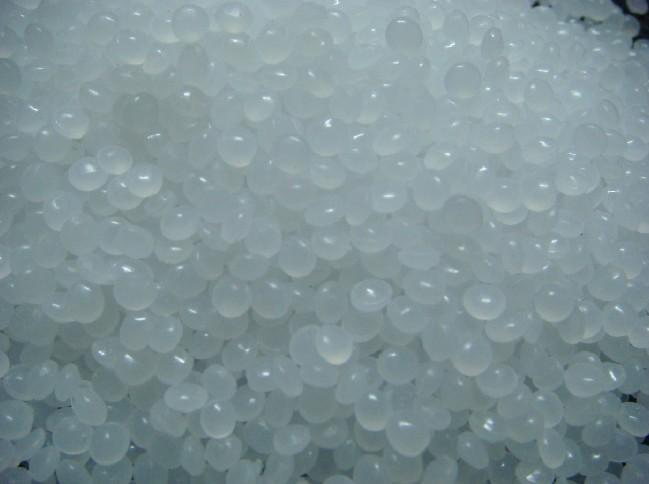
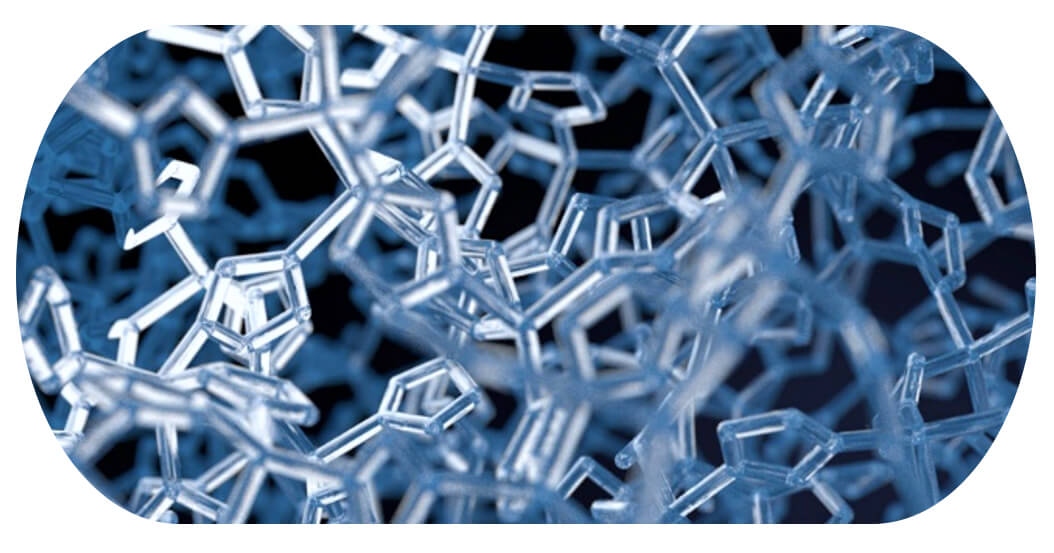
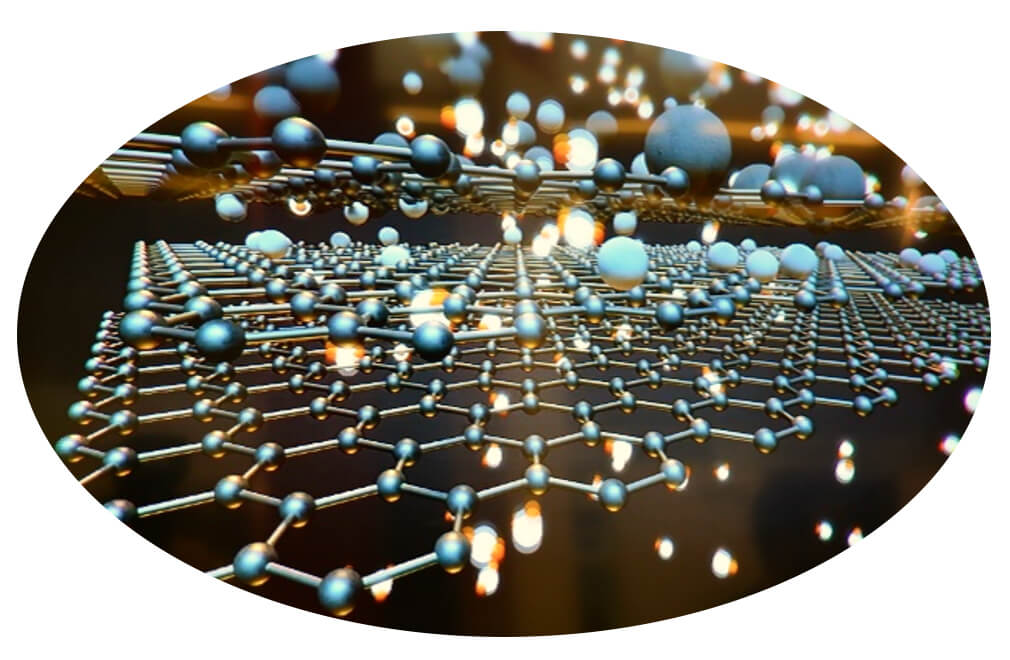
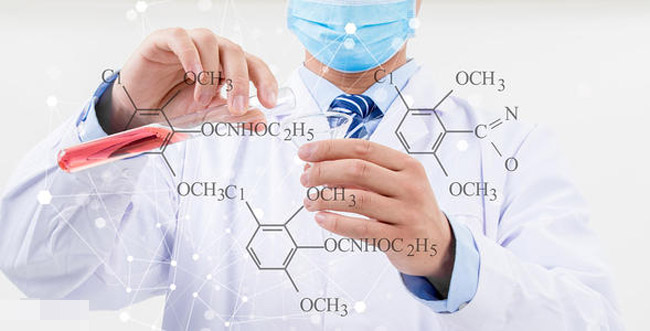

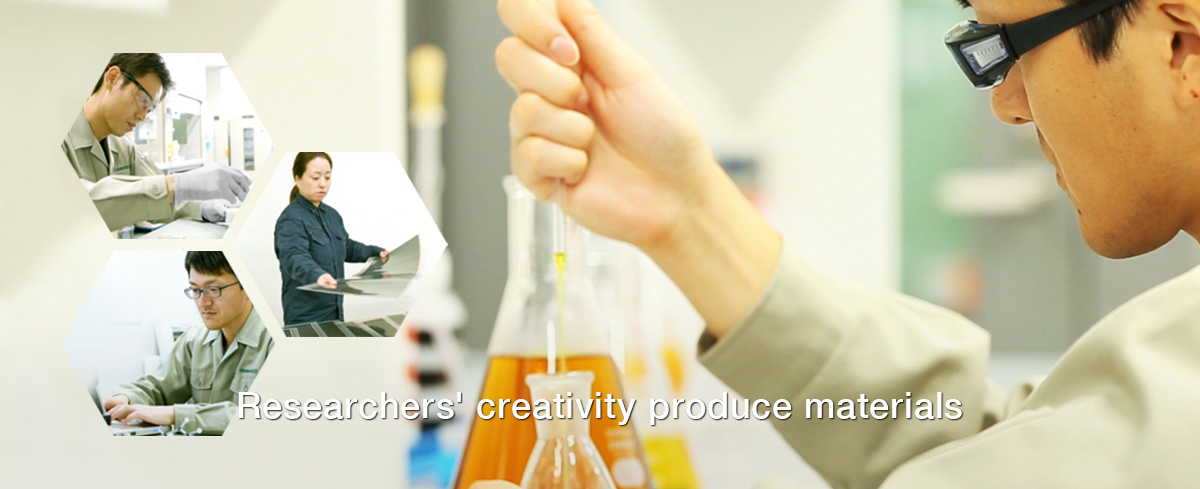




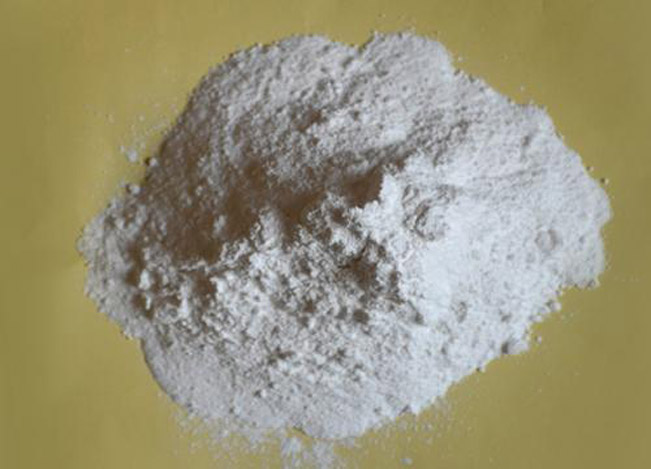
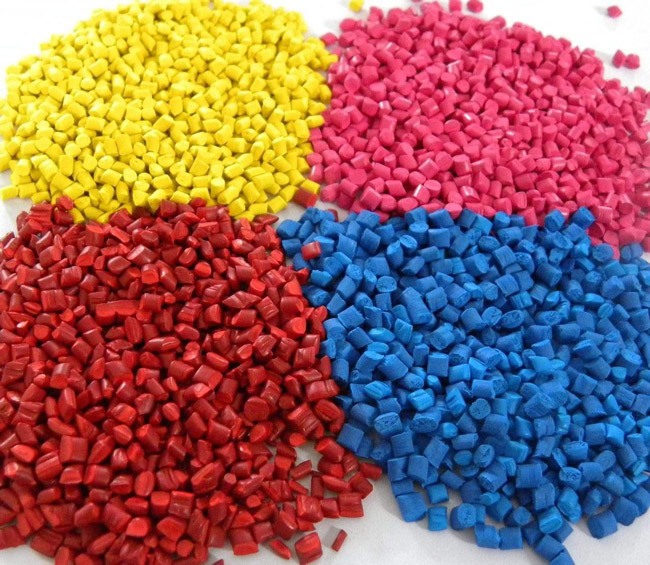

Comments